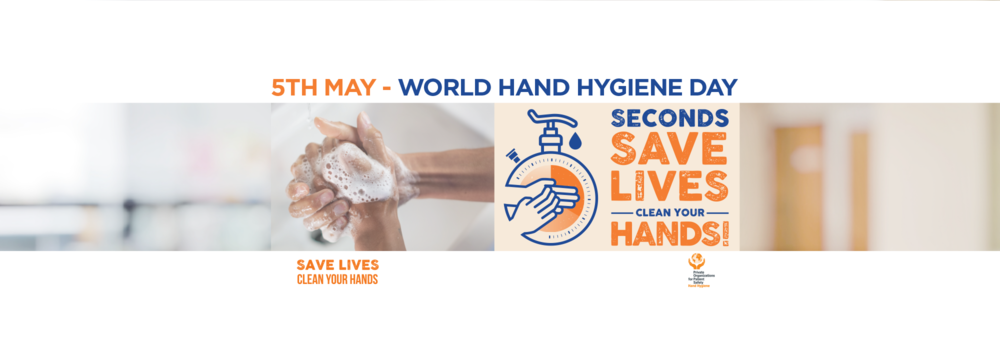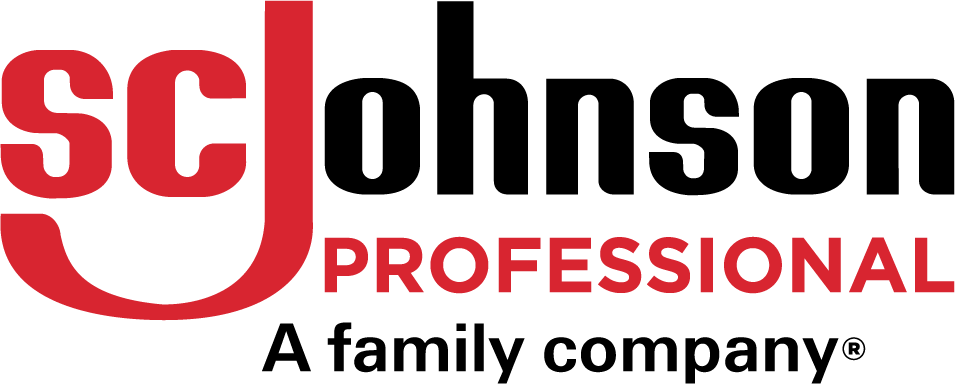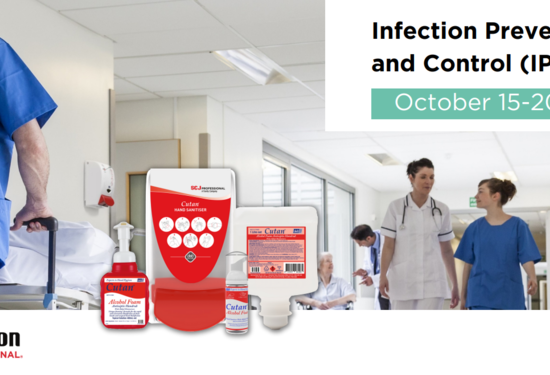
Help Reduce the Spread of Infection with Hand Hygiene Tips from SC Johnson Professional
According to the World Health Organization (WHO), hand hygiene is the single most effective action to stop the spread of infection.[1] With healthcare associated infections (HAIs) and infectious diseases posing a serious concern to healthcare institutions nationwide, it’s critical that healthcare workers continue to improve hand hygiene practices. To celebrate this year’s World Hand Hygiene Day “Seconds Save Lives, Clean Your Hands” campaign on May 5, SC Johnson Professional offers tips to help provide effective hand hygiene at the point of care.
“Following the suggested hand hygiene procedures has always been instrumental in healthcare settings but COVID-19 was a huge reminder that the need for innovative technology to drive patient and worker safety through monitoring hand hygiene will continue to grow,” said Dr. John Hines, Director of Global Research, Development & Engineering, SC Johnson Professional. “As members of The WHO Private Organizations for Patient Safety (POPS) Platform, which was formed to improve implementation of WHO recommendations in different parts of the world, SC Johnson Professional understands just how critical it is to enhance the quality of hand hygiene products and make it available and accessible to all.”
SC Johnson Professional offers the following tips to improve hand hygiene practices that can help reduce the spread of infection:
- Follow hand hygiene procedures: Based on the WHO’s “My 5 Moments for Hand Hygiene,” healthcare professionals should perform hand hygiene at the point of care. Healthcare workers should use the “handrub” method if hands are not visibly soiled and the full “handwash” method if hands are visibly dirty. Hand rubbing requires applying a palmful of alcohol-based hand-cleaner to both hands, rubbing hands palm-to-palm and then interlacing fingers together for 20-30 seconds. Handwashing requires healthcare professionals to wet hands, apply soap and rub hands palm-to-palm with fingers interlaced before drying hands completely, which should take a total of 40-60 seconds. If possible, use a towel to turn off the faucet.
- Automate the infection control process: A huge part of preventing the spread of HAIs and infectious diseases in healthcare settings is understanding where they originated otherwise known as contact tracing. Use Real-Time Location Systems (RTLS) to provide immediate or real-time tracking and management of medical equipment, staff and patients. Additionally, use electronic hand hygiene monitoring systems to help ensure employees are performing proper hand hygiene procedures. Technology will play a vital role in monitoring and preventing the spread of germs.
- Provide reminders and training: Post reminders in staff breakrooms, restrooms, locker rooms and other highly visible locations to reinforce hand hygiene education efforts with hospital staff and even visitors. Infection preventionists should continuously educate and remind personnel on the importance of implementing proper hand hygiene practices. Whether it’s unit specific or an all-staff huddle, reminder discussions should also take place during every meeting.
- Stock up on necessary hand hygiene products: To help healthcare personnel comply with hand hygiene standards, facility managers should ensure that hygiene supplies are available at every point of care. Additionally, facility managers may want to consider product quality and efficacy. For example, the WHO recommends the use of an alcohol-based hand rub or sanitizer with at least 60% alcohol. We recommend soaps and scrubs with skin conditioners and that are carefully formulated, which helps prevent irritation and skin drying from use. Healthcare providers may clean their hands as many as 100 times a day, depending on the number of patients and intensity of care.[2] For that reason it’s necessary to use gentle but effective products. Facility managers may also want to supply soaps or scrubs that are skin hypoallergenic to help minimize the risk of an adverse reaction on sensitive skin.
For more information on SC Johnson Professional’s line of healthcare products, visit https://www.scjp.com/en-au/products/product-category/skin-care-6201
About SC Johnson Professional
SC Johnson Professional® is part of SC Johnson®, a family company and one of the world’s leading manufacturers of household cleaning products and products for home storage, air care, pest control and shoe care, as well as professional products. The company has a long history in the professional market, in which it started operating in the 1930’s.
SC Johnson Professional® provides expert skin care, cleaning & hygiene solutions for industrial, institutional and healthcare users. This incorporates our range of specialist occupational skin care products along with well-known SC Johnson® brands and innovative professional cleaning & hygiene products.
The SC Johnson Professional® purpose is to bring innovative, quality products and services to professional markets with outstanding performance that respect the environment, create efficiencies, reduce inventories, simplify training and provide a positive user experience. This is built on a deep understanding of customer needs and a vision for ‘rethinking the professional experience’ with the user in mind.

